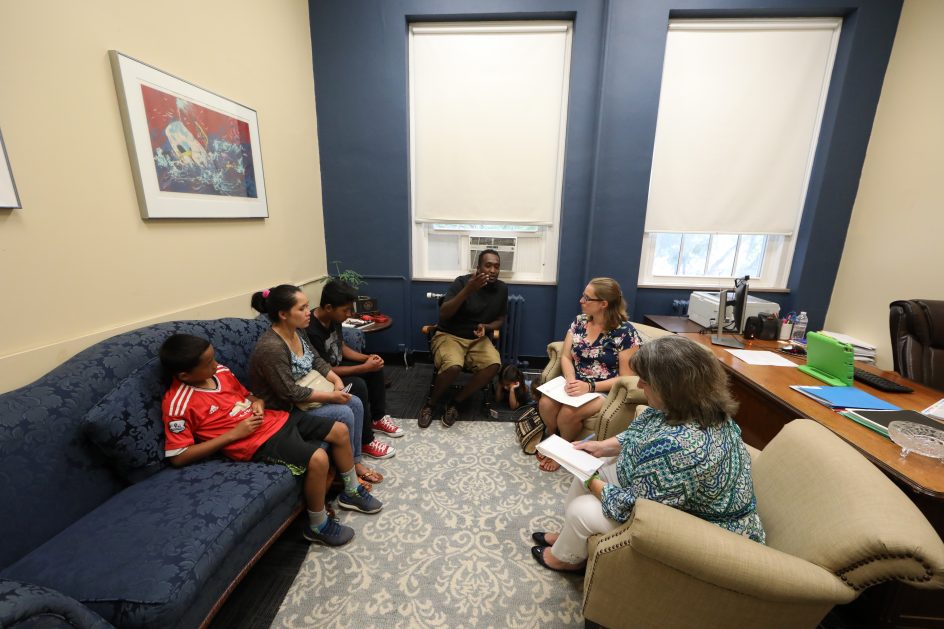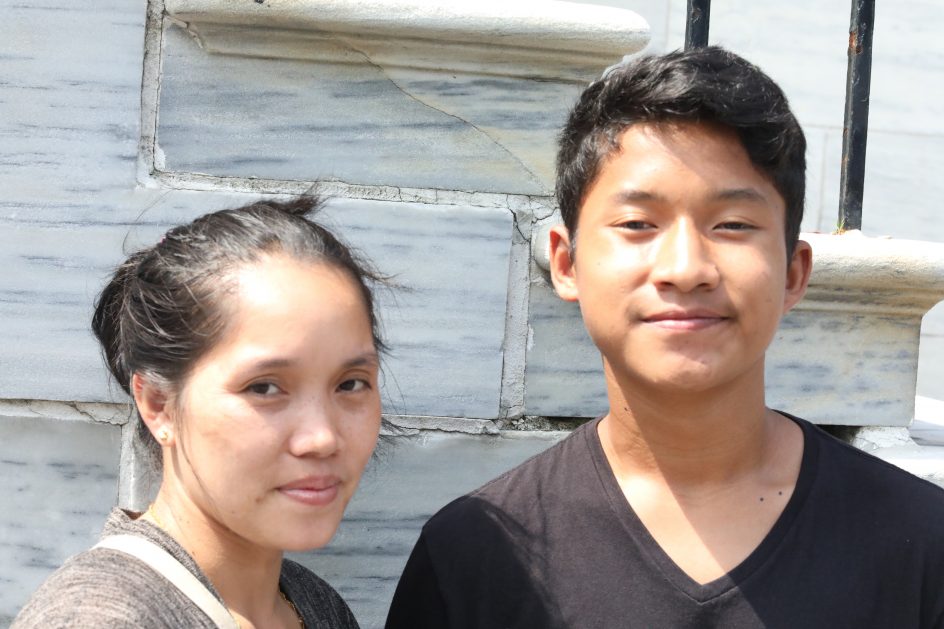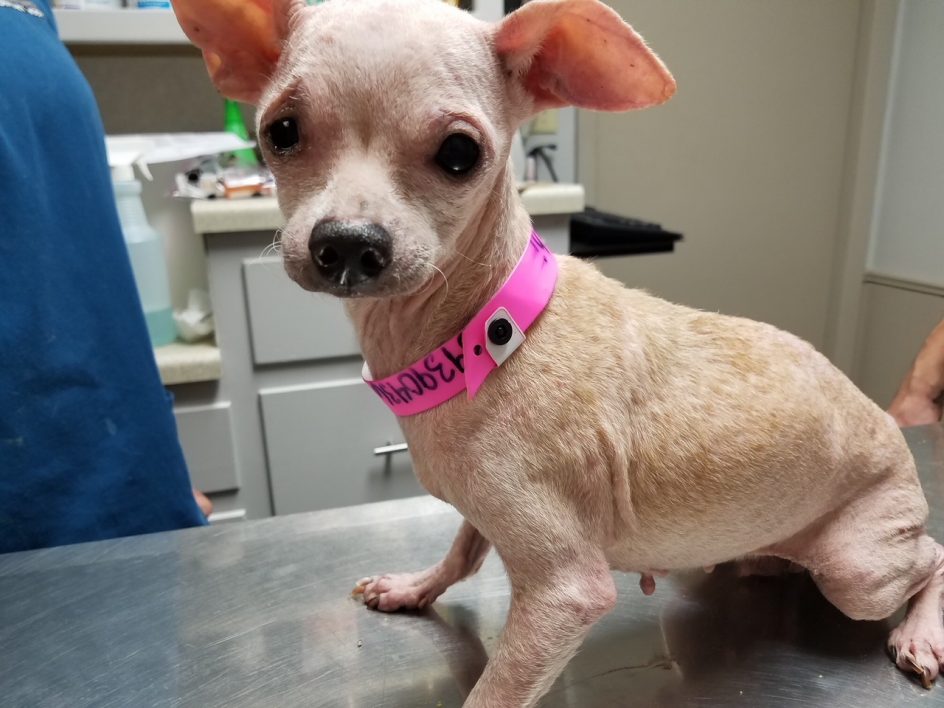
Sakler Moo began school today at the very prestigious Albany Academy in Albany, N.Y., he will spend the entire orientation day meeting with advisers and learning about the school and figuring out his classes, which begin on September 7.
I’m not crazy about putting my own photos on the blog, but this one was a joy, Lae Pwy wanted a photo of us.
This is a very happy for him, for me, for his family, for Ali (Amjad Abdulla, who first suggested applying to the school,) for for his very dedicated elementary school teacher, Caroline Espinoza who first recognized Sakler’s great gifts and who helped him every step of the way, including with the application process.
Good for the Albany Academy, which offered Sakler a generous partial scholarship.
Sakler, a recent graduate of the Hackett Middle School in Albany. Sakler, who is 14, graduated in June with the highest honors in his class.
I have known Sakler for several years now, he was a member of the Albany Warriors, a refugee soccer team coached by Ali, who has done the most remarkable work with these children.
Sakler is quiet and shy and very bright, he is a painter, an artist and avid reader, he is thinking of becoming an engineer or an architect.
Sakler was born in a jungle near Burma as his family fled the brutal civil war in Thailand. He lived in a refugee camp.
These are very difficult times for refugees in America, they have lost most if not all of the government support that once bought them time to acclimate. Now, many of them are just busy surviving rather than acclimating. Most tell me they are living for their children’s future, not ours, they worship the American Dream.
The refugees come here with nothing, and must rush off to find jobs to support their families. Most work cleaning offices and hotel rooms or stocking shelves at groceries or box stores. These are minimum wage jobs.
I have agreed to make up the shortfall between the tuition of the school, which is $28,000 and the scholarship given Sakler. So far, I’ve raised more than $3,000, I am seeking to raise another $3,000 – $4,000 to pay fees and balance costs for this year.
I am committed to helping Salker all of the way. He is an outstanding human being. And I’m going to take over the payments due from his mother.
His mother, Lae Pwy, a shy and very warm person, is hoping to contribute $2,000 to Sakler’s tuition, but the family has little income, his father works at a local Wal-Mart stacking goods. This has left her exited but also afraid.
She is very concerned about raising that money, I promised her that I will make up the difference if she can’t raise all that money. I think I will take over her payments. I agreed to provide these costs for each of the next four years, raising the money mostly on the blog, which has supported various soccer team and refugee causes this year and last.
She very much wants Sakler to have this opportunity, she knows how important it can be to him.
This blog now has four million visits a year, and we call the readers the Army Of Good, we have chosen to do good rather than argue about what good is.

If there is a teacher’s heaven, Caroline Spinoza, (above) an ESL (English As Second Language) teacher in the Albany Public Schools has been supporting Sakler and his family since he was in the fifth grade.
Yesterday, she came with us to help Sakler’s confused and anxious mother Lae Pwy, understand the contract she had to sign and the money she might have to pay. Caroline is the real deal, she deserves so much of the credit for supporting Sakler year after year, way above and beyond.
In the photo, Sakler’s brother Ehkuidoh, Lae Pwy’s Sakler, Ali and Caroline talk about the costs of Sakler’s schooling.
Caroline is an inspiration to me, so is Ali. If every child in America had a teacher like her, what an amazing place it would be. I know she lobbied with the Academy for some years on Sakler’s behalf. I am
What a gift to me to be able to help do this, and to be surrounded by so many good people who want to help. It does take a village, and Sakler is a part of one. Justice does sometimes prevail and people, given the chance, wish to do good.
Ali has done heroic work on behalf of the soccer kids, and if there is a God, he will have a sweet place in heaven.
If you wish to help, I am opening a Sakler Moo Education Fund for the next four years, that will take a couple of years. I am not a non-profit, I work in small ways to help individual refugees and their children, and I wish to stay small.
If you wish to help, you can send a donation to Jon Katz. Post Office Box 205, Cambridge, N.Y., 12816, or via Paypal, [email protected]. Please mark your check or contribution to “Sakler Moo.” And thank you.
Every penny will be recorded and documented and will go exactly where it is supposed to go. There are no administrative costs in this work, I earn my living through books and blog contributions.






